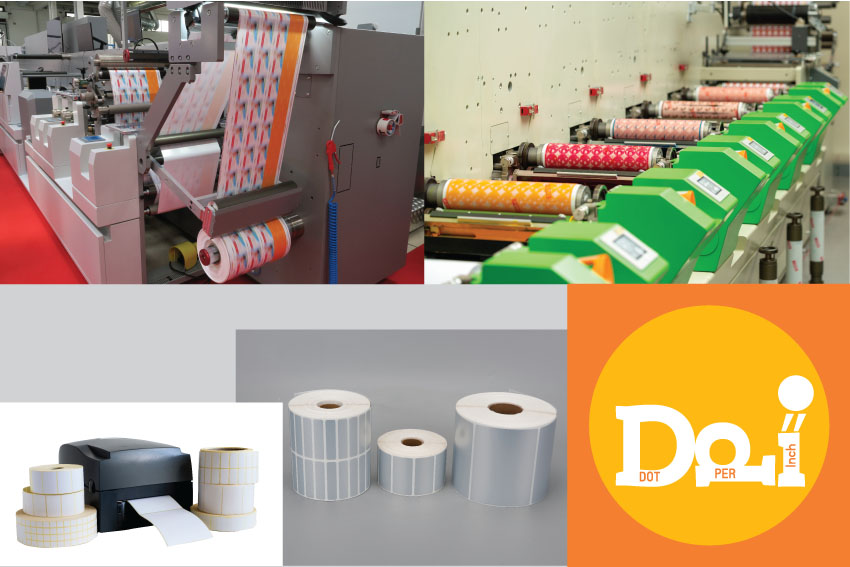
A lot of jargon gets thrown around in the label industry; so much so that it can be difficult to keep up with what everything means. Whether you’re looking to buy some labels or just want to brush up on your knowledge, it’s helpful to be able to understand these key terms and phrases.
Here, we’ll look at some label terminology and what it means.
Define Label
First of all, let’s define what a label is. A label is a small piece of paper, fabric, or other material attached to an object and providing information about it. This can either be attached with a tag, or with an adhesive backing in the form of a label.
While you may not think it, there’s a lot that goes into the making of a label. Below are some of the terms you might come across in the label-making process.
Label Terminology
Across the Web
You might assume this one refers to the internet, but it’s something different in the world of labels. Here, it simply means the number of labels on one backing sheet.
Black Mark
Black lines, known as black marks, are sometimes printed on the back of label sheets to guide printers. If printing on a clear label, black marks are essential. They help the printer recognise a gap between labels, as normally it would sense the transparent gap between opaque labels.
Bleed
‘Bleed’ refers to having your label design be slightly larger than the dimensions of the label itself. This is done so that if there’s slight shifting during the printing process, the entire label is still covered with your design. Make sure this portion of the label doesn’t have any important information on it, however, as ideally this section won’t be printed.
Die
In labelling, this term isn’t nearly as sinister as you might think. Die simply refers to any of the tools used to cut labels and materials into the correct shape.
Direct Thermal
Direct thermal printing is a method of using heat to print. Instead of applying ink, the material blackens when heat is applied.
DPI
DPI stands for ‘dots per inch’. This applies to the number of dots of ink that can fit along an inch-long line. This term has also made its way over to computing language, to be interchangeable with ‘pixels per inch’.
Emboss
To emboss a surface means to achieve a slightly raised surface in the material.
Face Stock
So, what is face stock? This is the layer of paper with all the information on it that makes up the front of the label. A label will usually have a sticky adhesive backing with the desired information or design printed onto the face stock.
Flexographic Printing
Flexographic printing uses flexible photopolymer printing plates to print labels. It’s most often used in situations where high quantities of a label are needed, as it can print up to 2000 feet of labels per minute.
Four-Colour Process
Four-colour printing uses cyan, magenta, yellow and black ink to print labels in full colour. Each ink is placed in a separate component and overlaps one another when printing in order to create a full-colour image.
Initial Tack
Labels and other adhesives have two stages of stickiness. The first is the initial tack, which holds the two pieces together. The second stage is ‘set’, when the two parts are properly bonded.
Kraft Backing
Kraft backing is stronger and more durable than typical paper backing, as it’s made from wood pulp. While not often used for (please remove the word sticker) labels, it is often used for the backs of picture frames.
Pin Feed
The pin feed, also known as a tractor feed, guides paper through the printer and aligns it properly. It consists of evenly spaced holes in the left and right of the feed.
Substrate
This is the surface to which the final label is applied.
Thermal Transfer
Thermal transfer printing is another form of printing with heat, like direct thermal printing. However, thermal transfer printing uses heat to transfer ink from a ribbon onto a label.
Learn More with Label Source
At Label Source, we pride ourselves on supplying all the labels and signage you need, as well as all the information required to use them properly and safely. Find out more on our blog, follow us on Twitter, or get in touch to start finding the signs you need today.